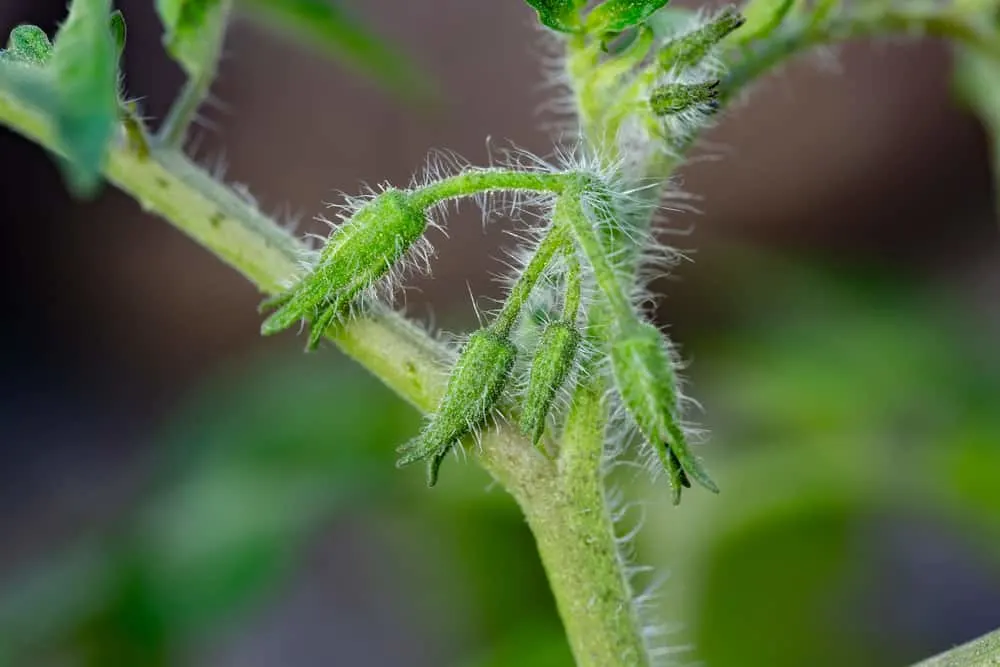
Your tomatoes are planted. You have cared for them for weeks, months on end. Now, you can’t wait to pick the delicious red fruits from your masterpiece.
But, the flowers you were waiting so patiently for are nowhere in sight.
What can you do?
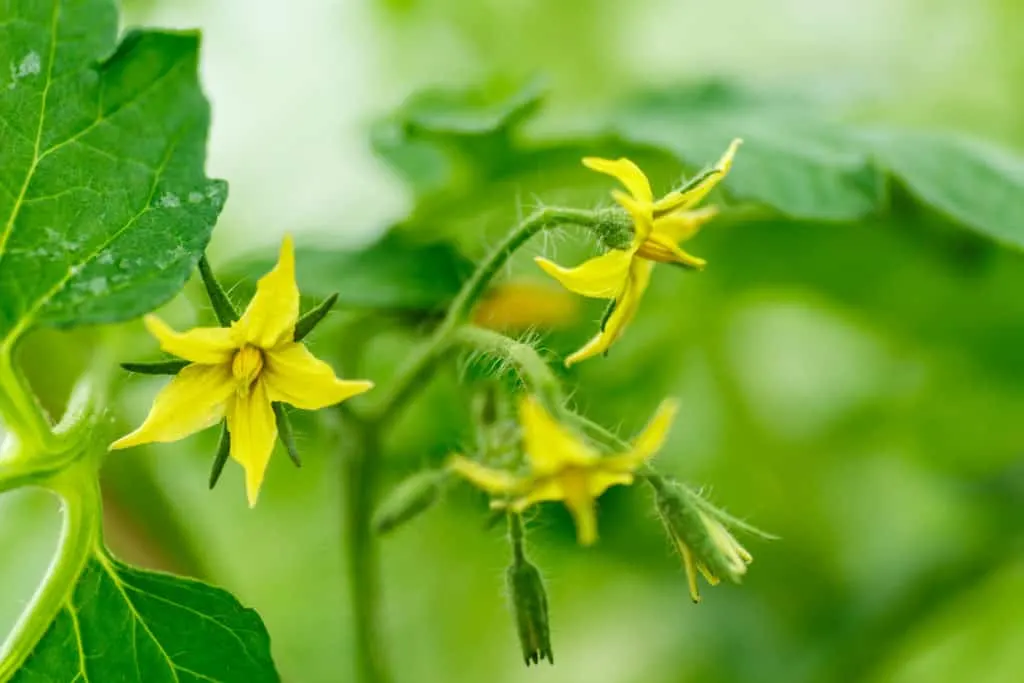
The Flowering Low Down
Flowering is an essential stage in growing tomatoes. Without them, there would be no tomato fruit. And although the foliage looks nice, most tomato gardeners are not in the tomato game for its ornamental value.
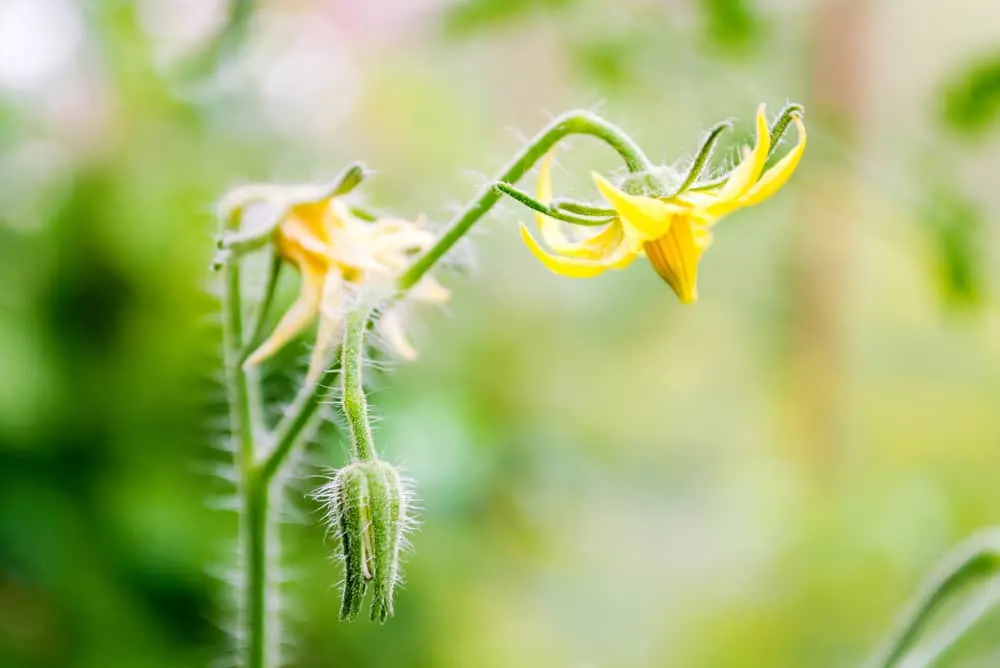
Many factors could cause your seemingly healthy tomato plant not to flower. But before stressing too much, it is important to note that different types of tomatoes flower and fruit at different times.
Flowering typically occurs about a month after tomatoes are planted. If you’ve gone longer than a month without flowers, or your plant has suddenly stopped producing flowers, take a look at these five culprits.
1. Disease and Pests
If you’re looking for the cause of your flowering problems, look around your plant for signs of pests or diseases. Tomato plants require a lot of energy to produce flowers and fruit, and many pests or diseases sap this energy from the plant.
Blight diseases and Septoria leaf spot affect leaves to such an extent that defoliation occurs. Fewer leaves mean less photosynthesis taking place, resulting in little energy production. Aphids and caterpillars are also culprits in defoliation.
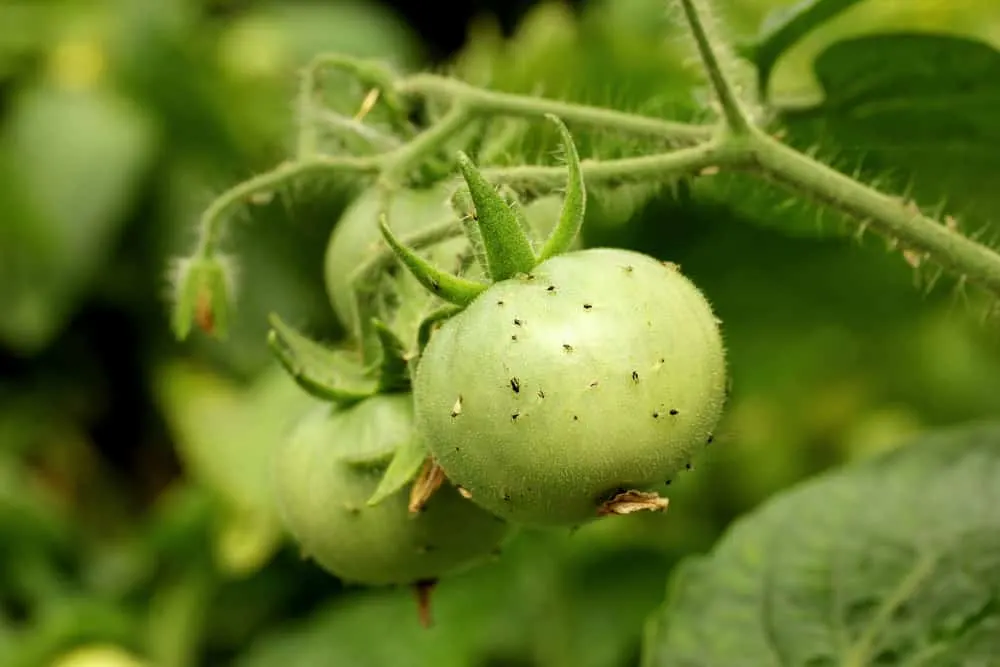
Signs of pests or diseases will typically present themselves long before the problem prevents flowering. However, if you discover disease is the cause, it’s important to identify the problem and handle it immediately to prevent further spread.
Many pests can be removed by hand or suffocated with an oil-based solution, like neem oil.
In the case of diseases, always identify the exact cause first. While some tomato diseases are treatable, others cannot be cured and the plant must be destroyed.
Rather go the route of pest and disease prevention by keeping your plants healthy, watering correctly, and practicing good gardening hygiene.
2. Too Much Heat
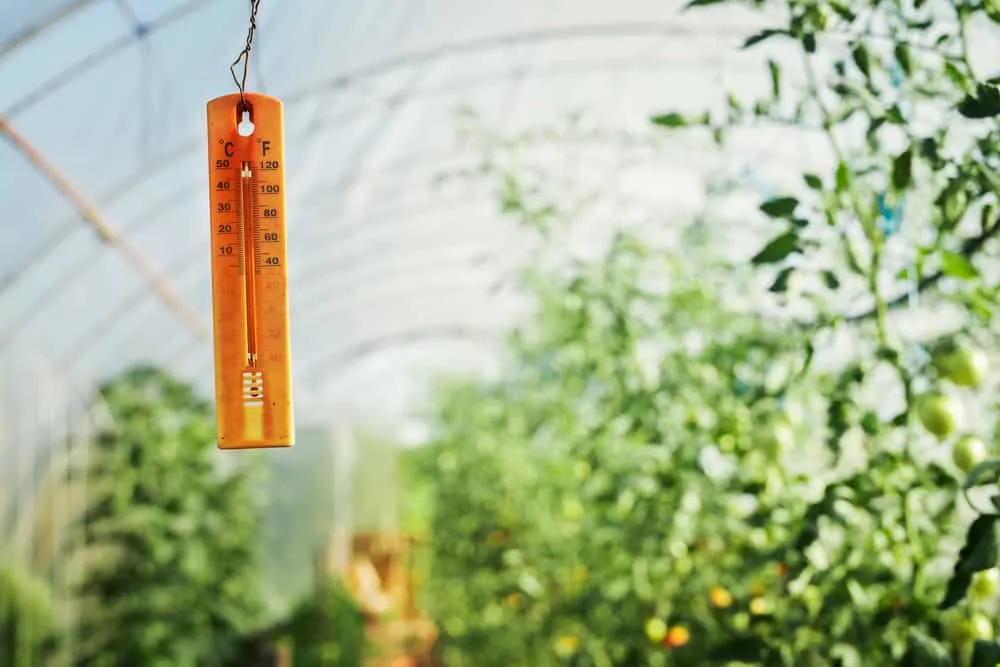
Tomatoes thrive in warm weather, in temperatures ranging from 65F to 75F. Excessively high temperatures (anything higher than 80F) for long periods of time causes tomato plants to stop the flowering and fruiting process. This is a form of self-preservation, an attempt to save water and energy to keep itself alive.
Luckily, if this is the cause of your flowering woes, there are many solutions.
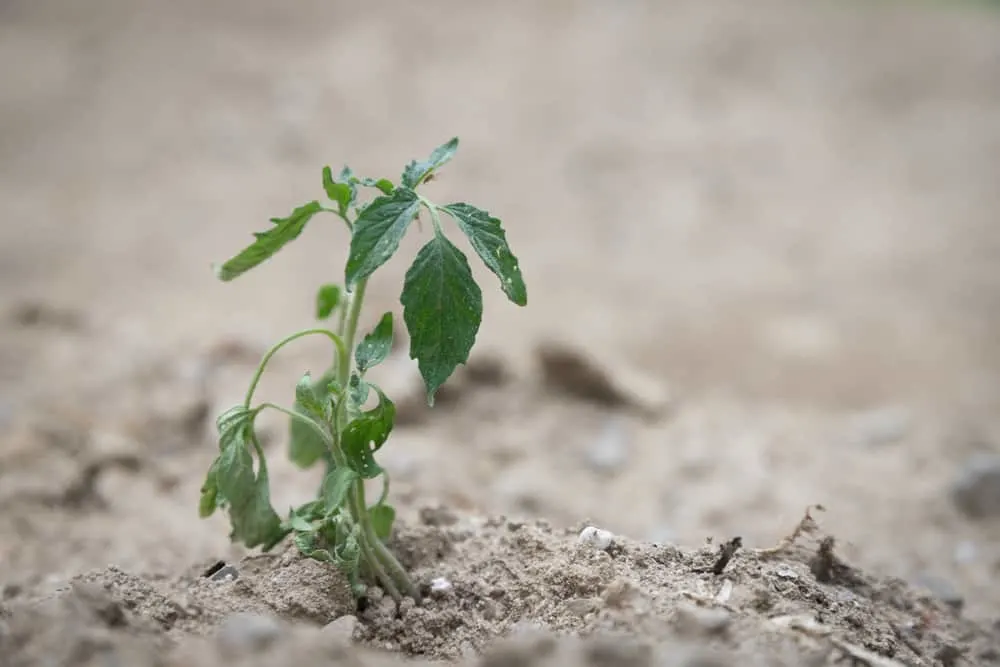
Take a look at the weather forecast first. If this bout of heat is temporary, your plant should return to normal once the high temperatures have subsided.
Long-term heat problems can be combatted by a temporary shade cloth structure that limits sun contact in the hottest parts of the day while exposing the plant to the sun in the early mornings and afternoons. When growing tomatoes in containers, the solution is simple – move them into a cooler spot.
During heat spells, keep an eye on your plants for signs of stress and increase watering to limit potential damage. Once the heat stress has disappeared, the plant should begin flowering as normal. If it doesn’t, you may be facing a nutrient problem.
3. Bad Nutrition
Nitrogen is important for the growth of tomato plants. Nitrogen-rich soil encourages healthy foliage growth in the early stages, but does not aid healthy flowers and fruits. Thus, too much nitrogen in the soil could be your flowering foe.
When fertilized with a nitrogen-heavy fertilizer, the tomato plant uses those nutrients to improve leaf and stem growth. An excess of nitrogen will focus all the attention of the plant on foliage, neglecting its flower-producing duties.
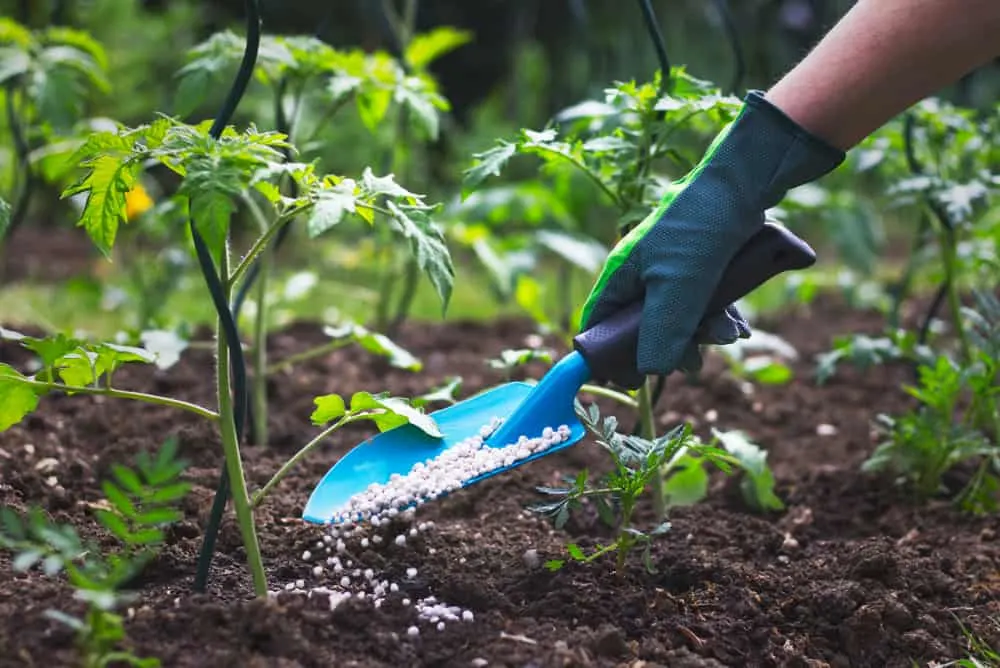
To resolve this problem, correct fertilization is key. Soon after planting, a balanced fertilizer containing enough nitrogen is necessary for strong growth. However, once the plant has matured, apply potassium and phosphorus-rich fertilizer to focus the attention of the plant on fruiting.
Depending on the conditions of your soil and the nutrients present, the general rule is to apply a 10-10-10 fertilizer in the early stages of growth, and follow up with a 5-10-10 before flowering.
4. Lack Of Sunlight
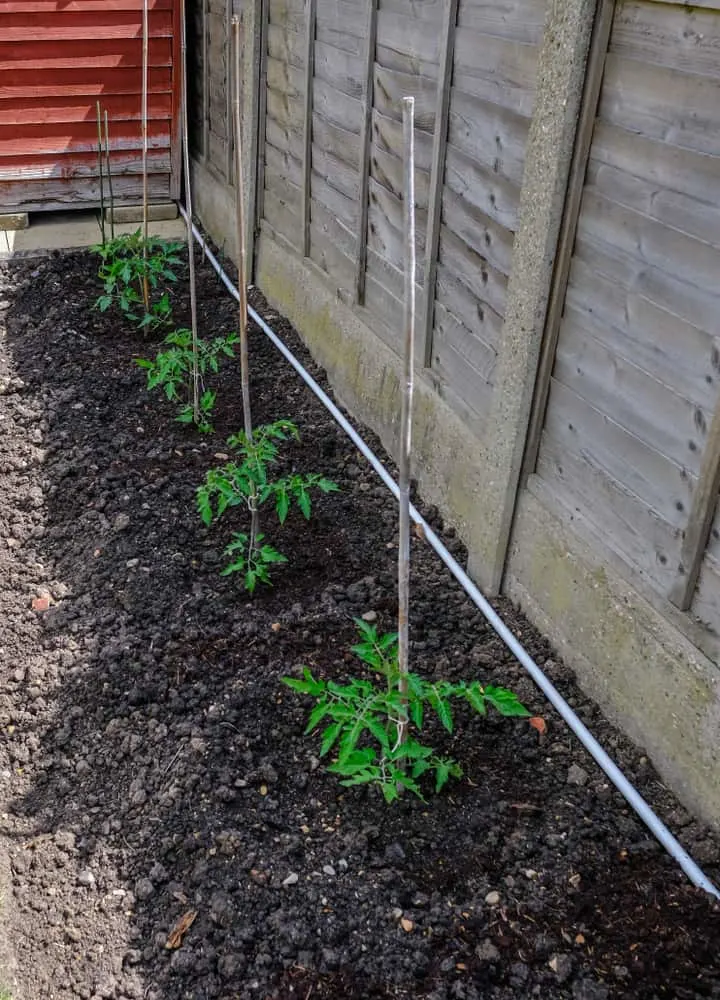
Tomatoes need 6 – 8 hours of sunlight per day minimum. When they don’t get enough sunlight, photosynthesis is limited, and the plant’s available energy is lowered.
Do you know what process needs a lot of energy? Producing flowers.
Without sunlight, the tomato plants cannot develop flowers and will exhibit general weak growth in leaves and stems.
Depending on your region, lack of sunlight is difficult to fix. You may use grow lights to speed up the flowering process, but this is often difficult for outdoor home gardeners. The best way to prevent this problem is at planting time. Always choose a spot in your garden with plenty of sunlight throughout the day.
Ultimately, the more light the plants get, the better. If you’re unsure about the sunlight quality in your garden, rather grow in containers to move the plant to sunny spots during the day. Alternatively, you can grow entire plants completely indoors using grow lights.
5. The Variety and Type of Tomato
Different varieties produce different amounts of fruits at different times during the season. And, some types tend to produce fewer flowers and fruit than others. Determinate tomatoes produce their fruit at the same time and only once a season. A reason, then, could simply be that your tomato plant’s flowering time is over.
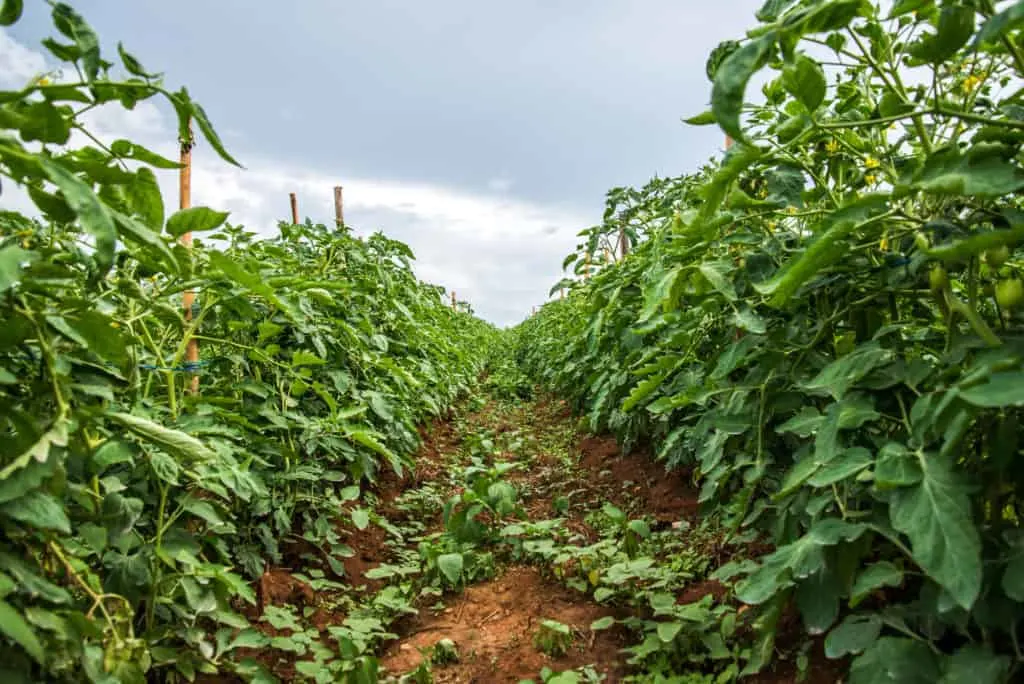
Unfortunately, in this case, there is not fix – nature is in charge. Either choose a high-yielding variety before planting, or give it another go next season.
Prevent Plant Stress
The main issue connecting these flowering problems is plant stress. Stressed plants struggle to produce flowers, so keeping them healthy is your first priority.
- Ensure there is enough spacing between tomato plants. Tomatoes that are planted too closely together increase competition for nutrients and chances of disease.
- Introduce the right nutrients at the right time. Nitrogen is important for leaf and stem growth, while phosphorus and potassium aid in flowering.
- Correct watering methods are key for general plant health and disease prevention. Do not water overhead; rather soak the soil slowly and deeply without wetting the leaves. Drip irrigation is the simplest way to ensure consistent watering.
- Choose tomato varieties that suit your needs and climate. Some are more resilient to hotter temperatures and diseases than others.
Any stress that your tomato plant faces, whether it be driven by disease, heat, or too little water, negatively affects the plant. Ensure that the environment and climate are correct for your chosen tomato variety, and you will be rewarded with as many flowers as you could wish for.
Turn More Flowers Into Fruit
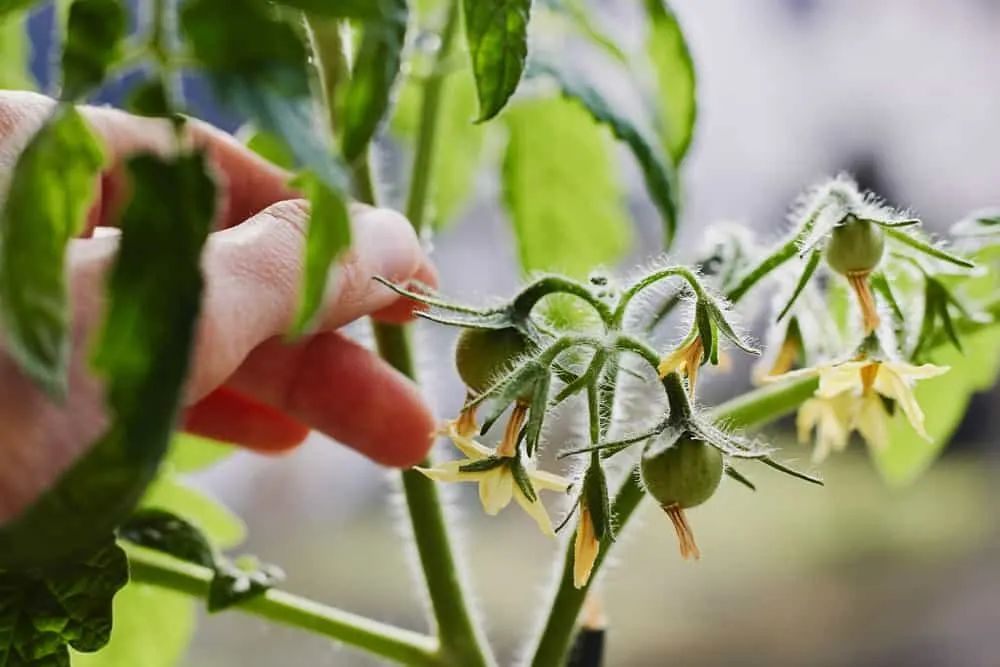
Now that you’ve convinced your tomato plants to flower, you need to make sure those flowers turn into fruits. Here’s our guide to turn more of your tomato flowers into delicious tomatoes.
